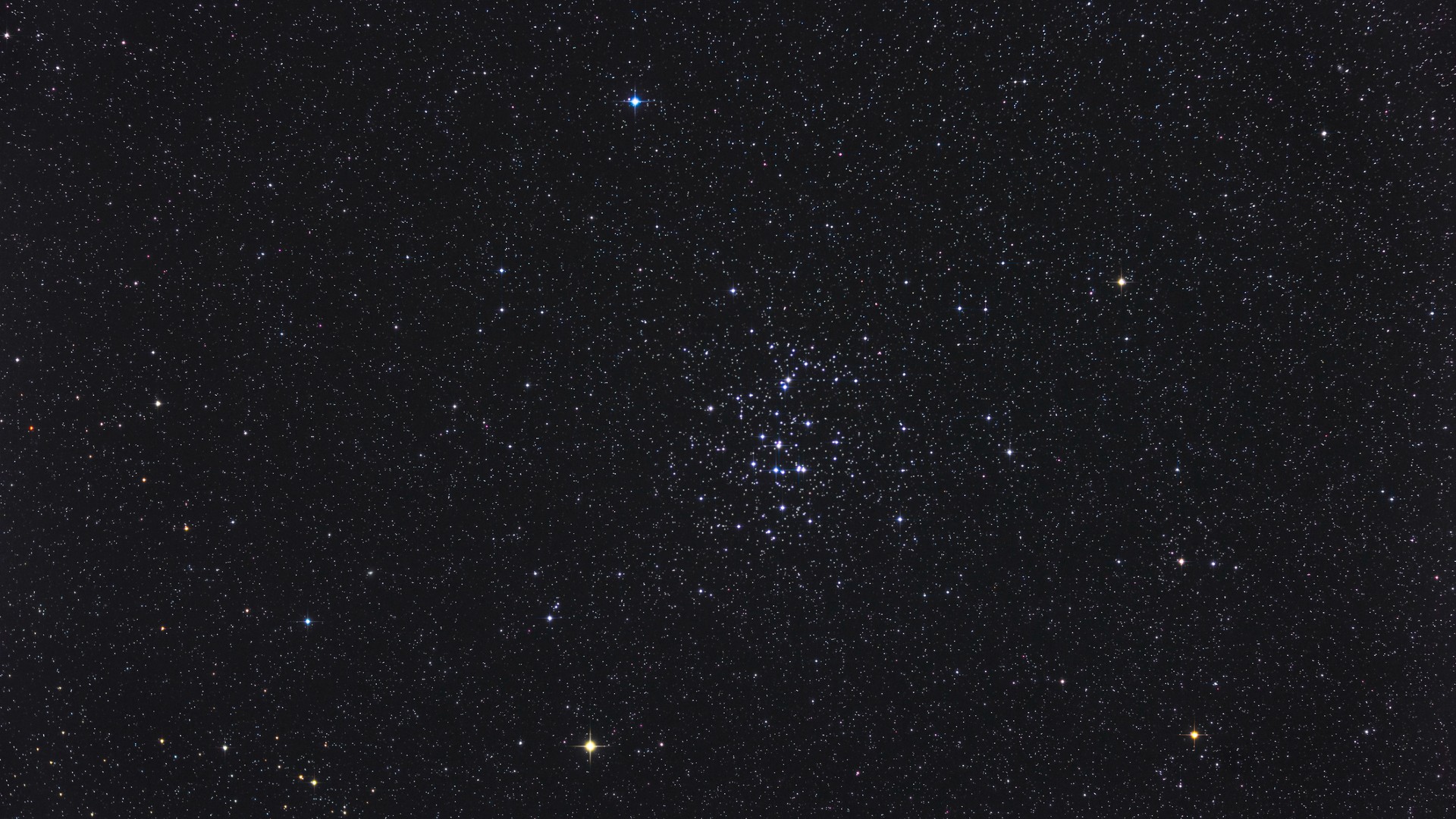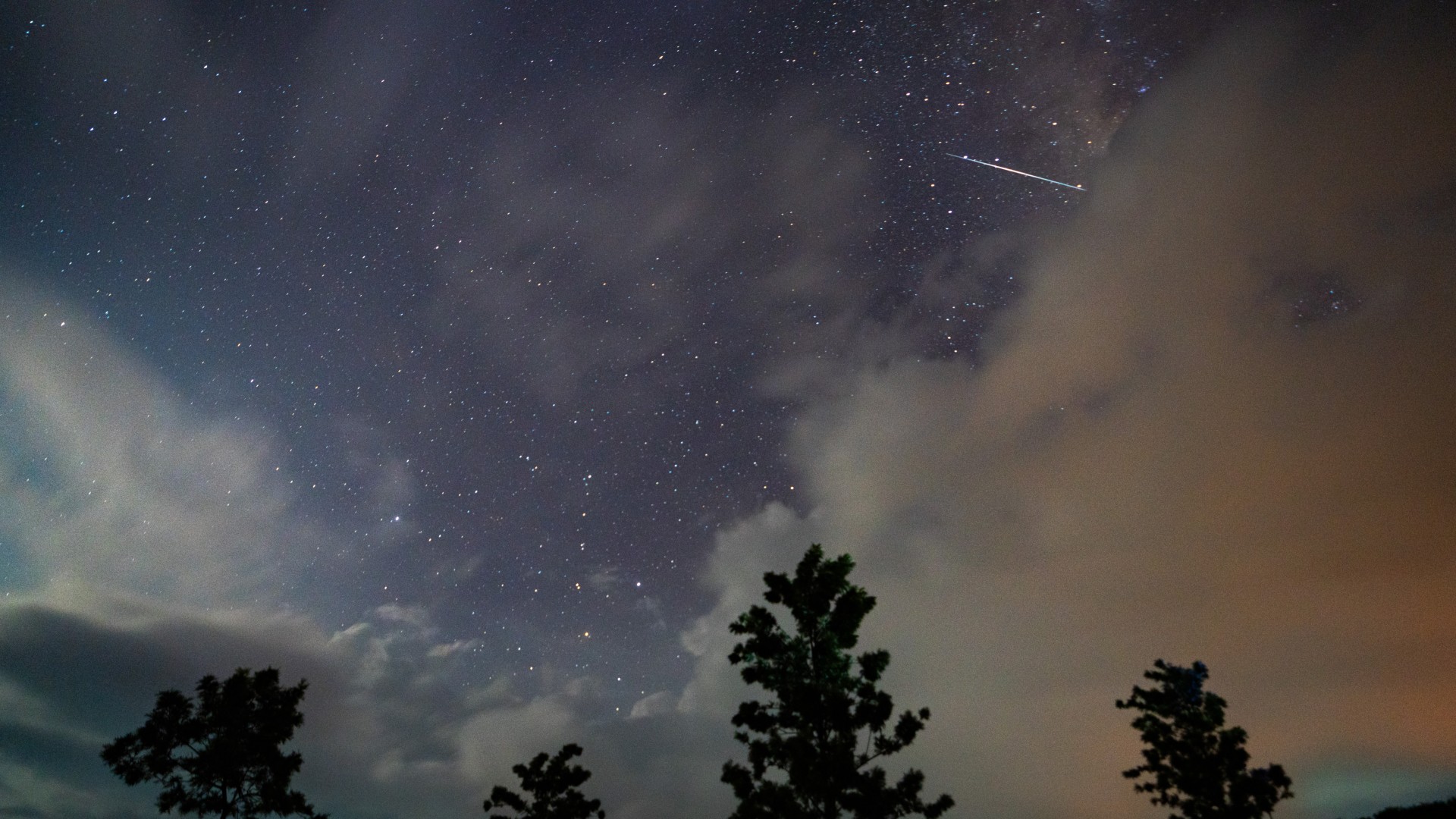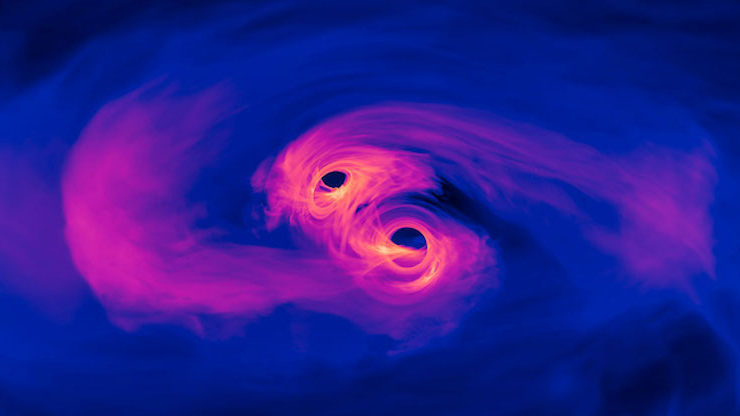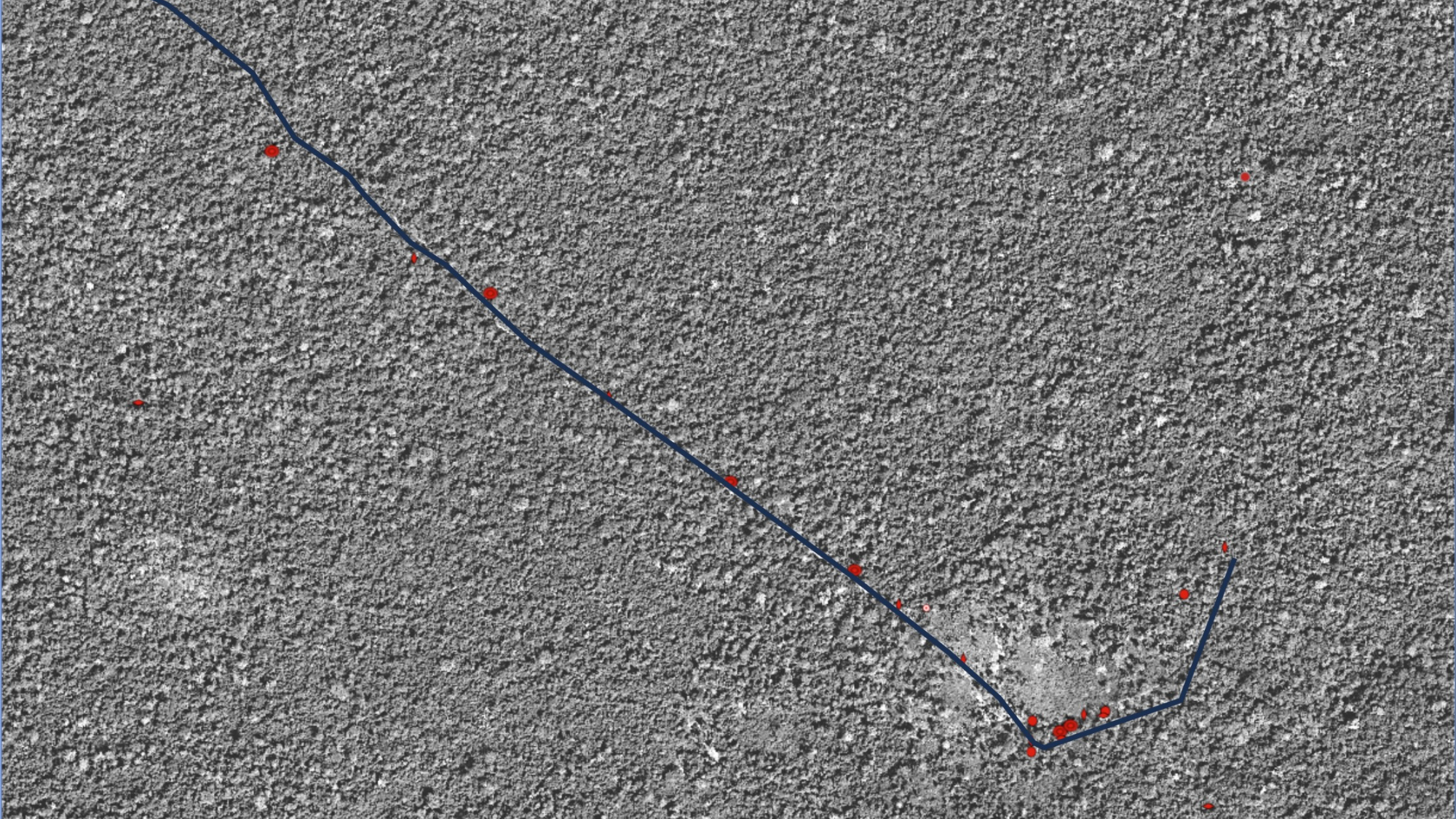SpaceX could soon have its own city in South Texas. In December, Elon Musk‘s company submitted a petition requesting an election to potentially incorporate its Starbase site — the manufacturing and launch hub for its new Starship megarocket — as a city. And now the time has come: The election will be held on Saturday (May 3). If you’re expecting some late-night vote-counting drama, you’ll probably be disappointed. You may like “The election is likely to go Musk’s way. That’s because most of the voters work for him,” wrote Lauren…
Read MoreCategory: Solar System
Our solar system
See the moon and Mars buzz a cosmic Beehive this weekend
It is rare when we highlight a celestial event (or events) that involves the zodiacal constellation of Cancer the Crab. In Greek mythology, Cancer was summoned to distract Hercules when he was battling the multiheaded Hydra the Serpent. The crab was crushed by Hercules’ foot, but to reward his effort Hera placed it among the stars. One of my astronomy mentors, the late Dr. Ken Franklin of New York’s Hayden Planetarium, used to refer to Cancer as “the empty space” in the sky. Indeed, it’s the least conspicuous and second…
Read MoreThis strange bacteria aligns to Earth’s magnetic field and needs friends to survive
In her book “Beyond Anxiety: Curiosity, Creativity and Finding Your Life’s Purpose,” the sociologist and life coach Martha Beck describes two different ways humans group in society: One structure is based on rigid rules, such as government systems, and the other, called a “social cell,” is based on personal ideals. These idealistic, so-called social cells don’t have a clear leader. Instead, they move toward a common goal driven by a desire for connection. While it’s not exactly a social science, it turns out bacteria have their own versions of these…
Read MoreSpaceX Falcon 9 rocket launches 28 Starlink satellites to orbit from Florida (photos)
SpaceX has launched another Starlink mission, keeping a steady pace of adding to the satellite megaconstellation every few days. A Falcon 9 rocket launched SpaceX‘s Starlink 6-75 mission Thursday night (May 1) from Cape Canaveral Space Force Station (CCSFS) in Florida. The Space Coast liftoff occurred at 9:51 p.m. EDT (0151 GMT on May 2) from CCSFS’s Launch Complex-40 (LC-40) . The rocket carried 28 new Starlink satellites to low Earth orbit (LEO), where they will join a constellation of more than 7,200 broadband satellites. A long-exposure photo of the…
Read MoreThe Eta Aquarid meteor shower peaks May 6. Here’s what to expect from the ‘crumbs’ of Halley’s Comet
Among the top 10 meteor showers appearing annually, one of the best will be reaching its peak on Tuesday morning (May 6). The Eta Aquarid shower ranks among the top four in terms of overall activity. Because the meteors appear to emanate from a spot on the sky (called the “radiant”) in the Water Jar of the Aquarius constellation — hence the name “Aquarids” — their visibility favors prospective skywatchers south of the equator. Indeed, for those living in the Southern Hemisphere (Santiago, Johannesburg Melbourne, Auckland), the Eta Aquarid radiant…
Read MoreHow to see a celestial ‘gazelle’ cross the night sky close to the Big Dipper this week
With the constellation Ursa Major high in the sky, late April presents an ideal opportunity to spot the ‘Three Leaps of the Gazelle’ asterism – a set of three stellar pairings hanging below the Great Bear‘s most famous feature: the seven stars of the Big Dipper. The first mention of the Three Leaps of the Gazelle asterism was seemingly penned by the 13th century Arabic astronomer and mathematician Ulugh Beg, according to a 2021 post from the University of Arkansas at Little Rock. The three star pairings – an asterism…
Read MoreCapture May’s full moon and the Eta Aquarid meteor shower with the best DSLR for astrophotography, now $600 off
The Nikon D850 has been reduced from $2,396.95 to a staggering $1,796.95, which is an incredible discount if you’re in the market for one of the best DSLR cameras ever made. It’s the first time we’ve seen the D850 come in at under $2,000, even beating the Black Friday price (which was $2,196.95). Get the Nikon D850 for just $1,796.95 and save $600 at Adorama. Our resident camera guru, Jase Parnell-Brookes, called the D850 an astrophotography master, and Jase highlighted the Nikon D850’s brilliant design with its backlit buttons, excellent…
Read MoreWhat can ripples in spacetime reveal about black holes? Quite a bit, it turns out
Cosmic echoes from some of the universe’s most violent collisions are far more nuanced than scientists had realized, according to new research. Like the lingering chime of a struck bell, tiny ripples in the fabric of spacetime are created when massive objects like black holes spiral toward each other and merge into a single, larger black hole. These ripples are known as “gravitational waves,” and astronomers rely on theoretical models to decode the waves’ faint signals, both in the final moments leading up to the merger and in the aftermath.…
Read MoreSee a wafer-thin crescent moon leapfrog Jupiter this week
The delicate form of the crescent moon is set to draw close to the planet Jupiter in the post-sunset sky on April 29, before later making its closest approach to the gas giant from the perspective of Earth on April 30. Earth’s moon is currently emerging from its April 27 new moon phase, during which it passed between the sun and Earth, causing its shadow-drenched disk to be temporarily lost from sight in the sun‘s glare. In the coming days the moon will form a waxing crescent, which will grow…
Read More40-year-old spy satellite photos are helping find forgotten land mines in Cambodia
Declassified images from U.S. military satellites are helping find forgotten mine fields in Cambodia. From the late 1960s almost until the end of the 1990s, a bloody war between communist groups and democracy defenders raged, with a few short breaks, in the jungles and on the rice fields of Cambodia. The conflict left behind a hidden legacy that keeps increasing the war’s death toll to this day. Over 10 million anti-personnel and anti-vehicle mines and other explosives may have been scattered across Cambodia’s land during the decades of fighting. Over…
Read More








